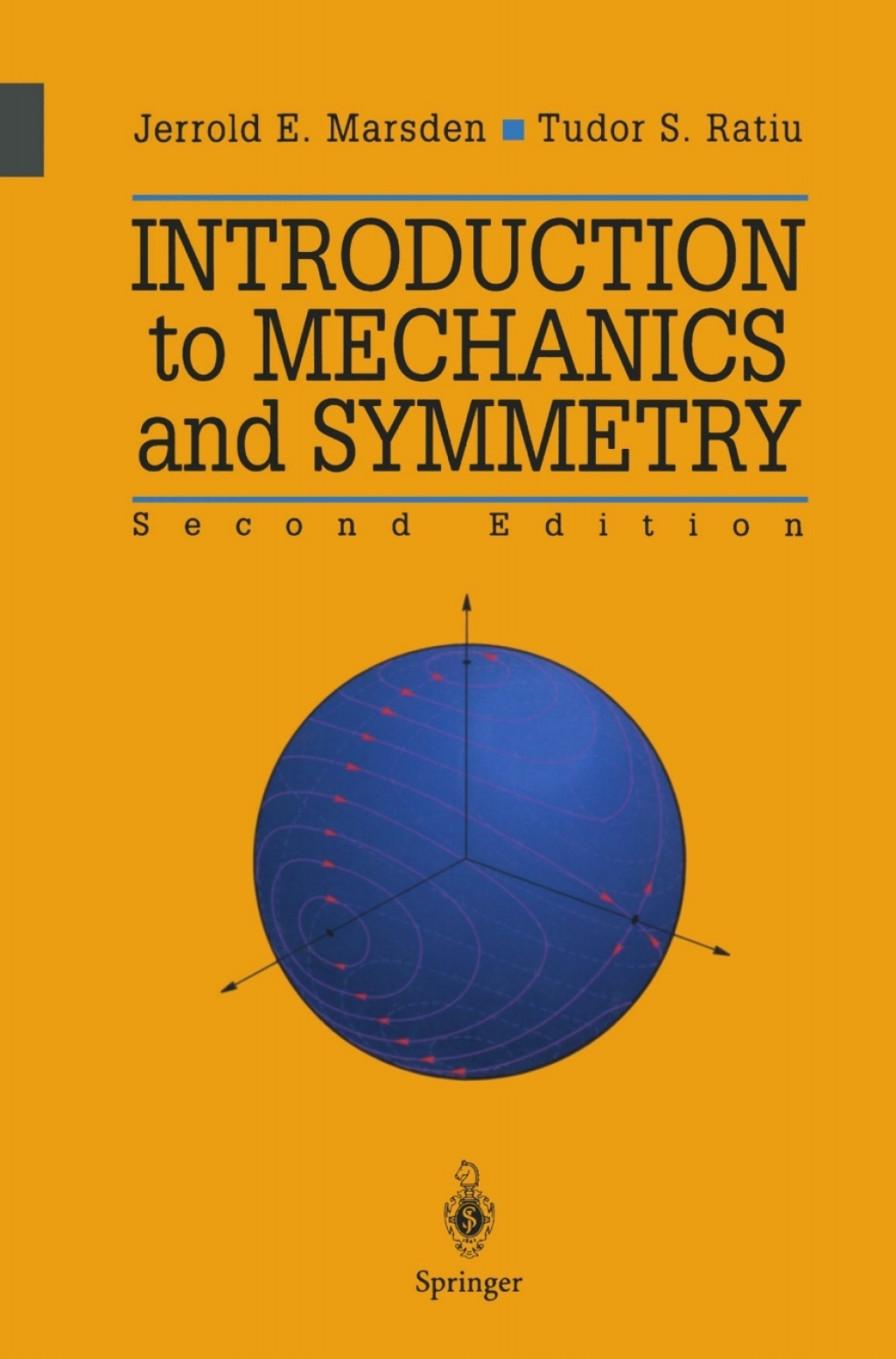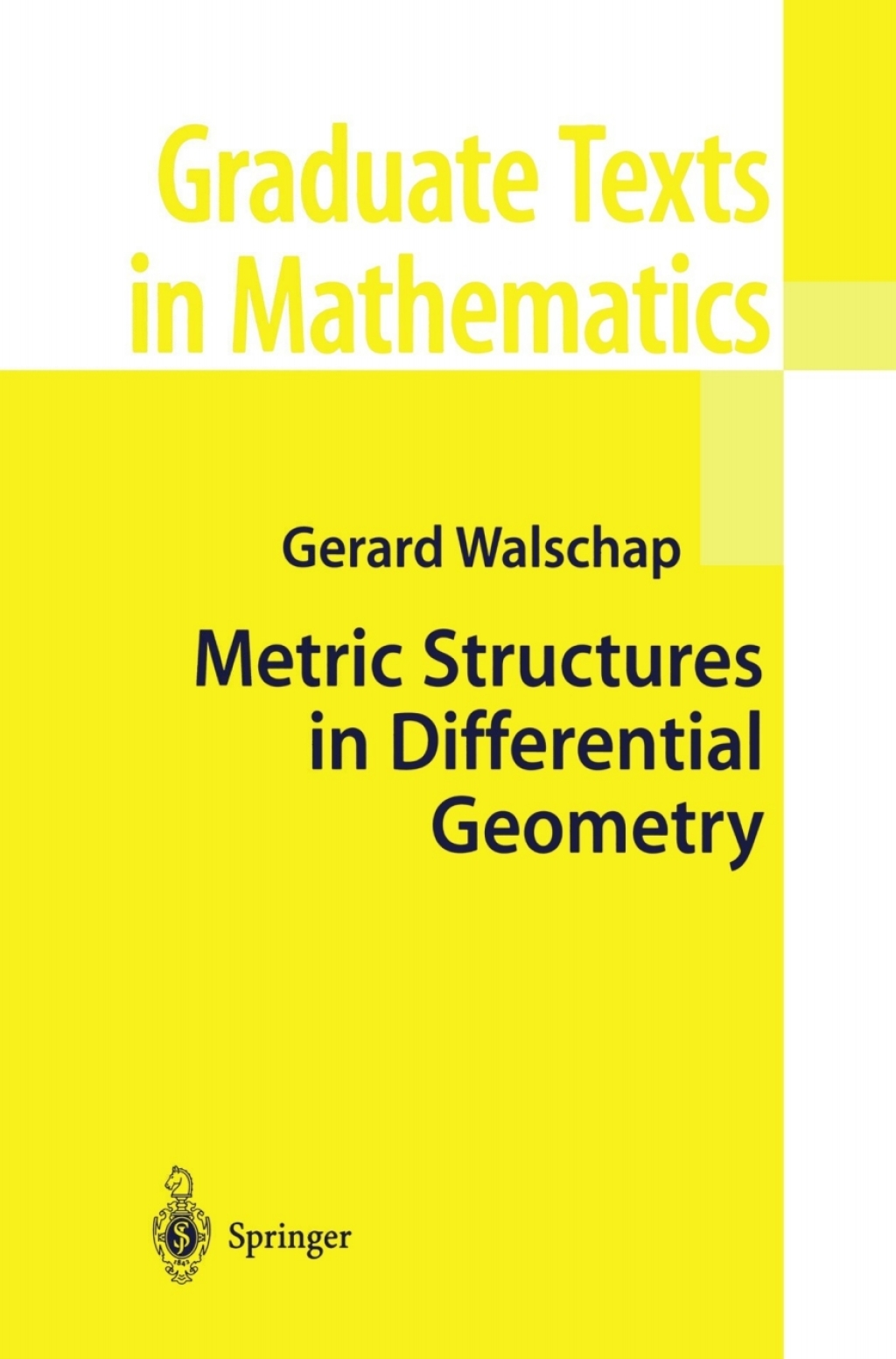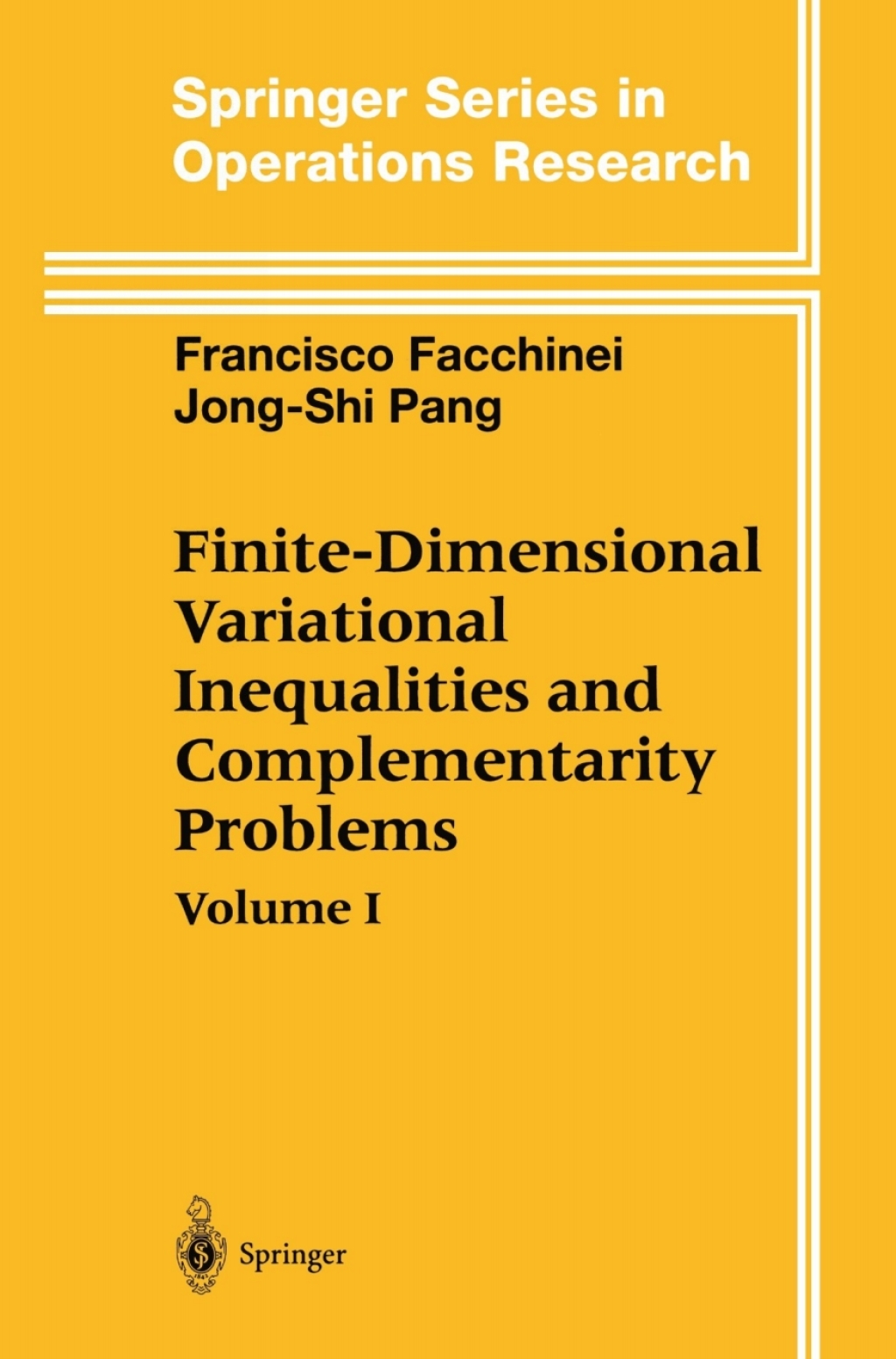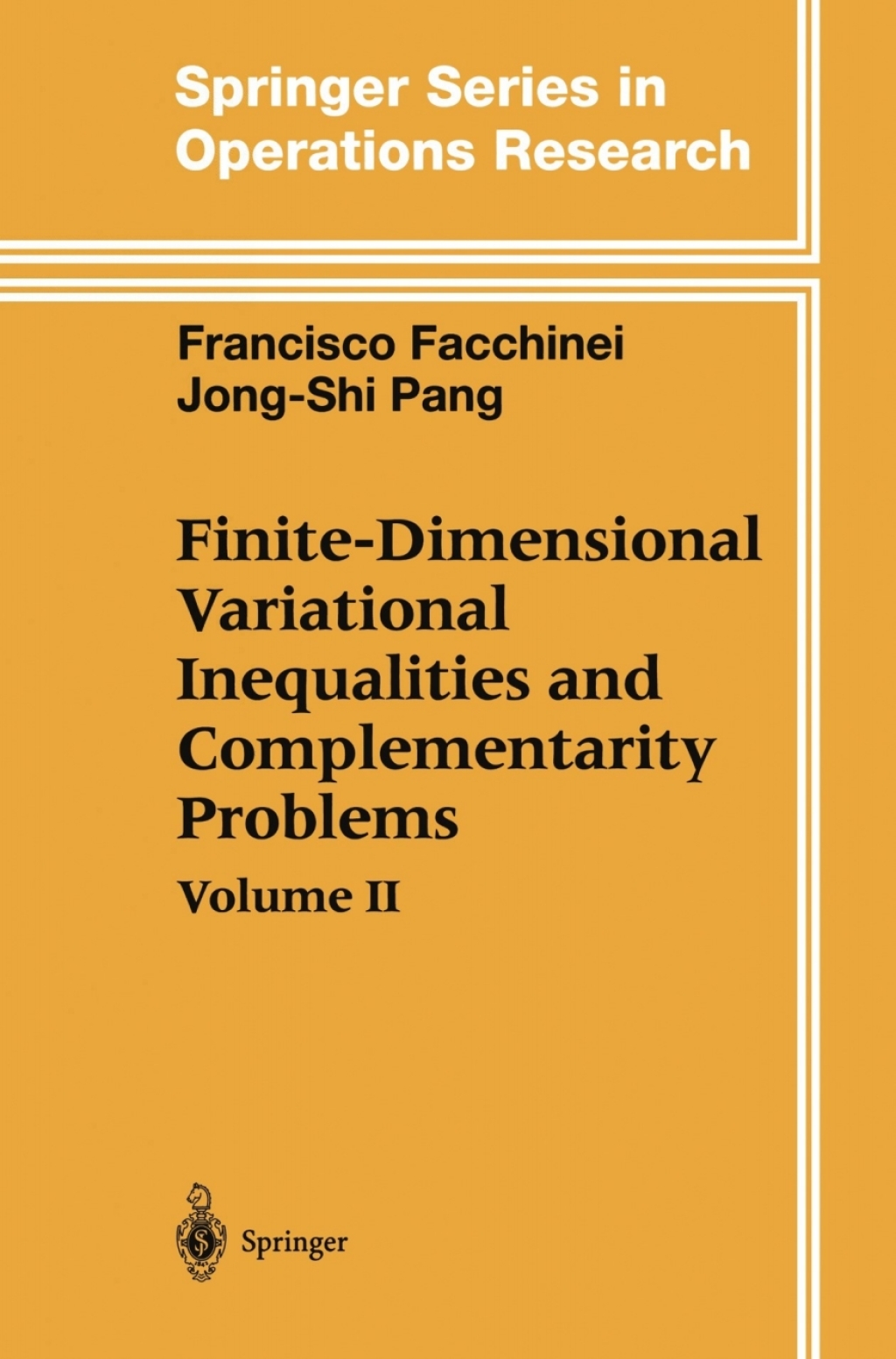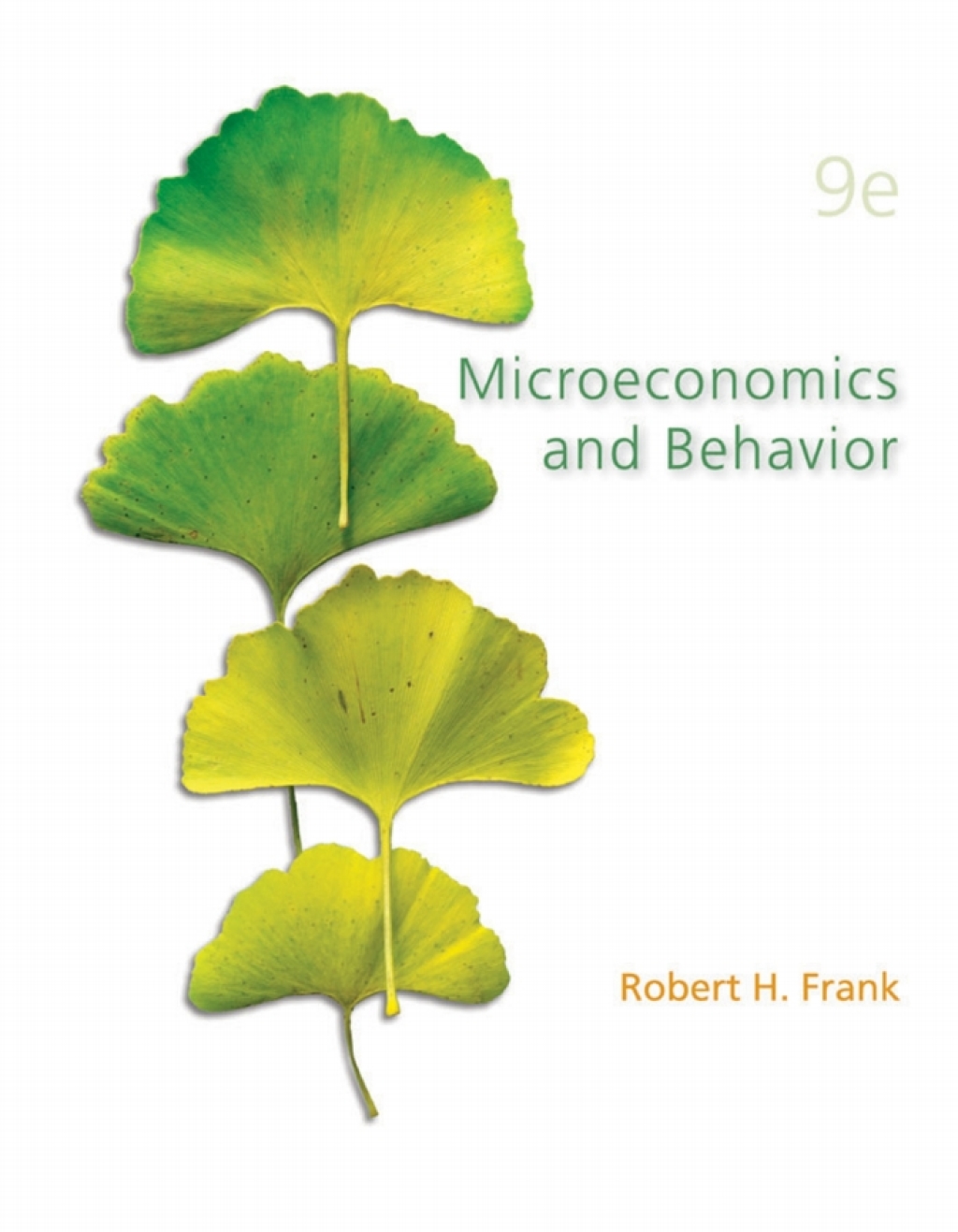Description
The ?nite-dimensional nonlinear complementarity problem (NCP) is a s- tem of ?nitely many nonlinear inequalities in ?nitely many nonnegative variables along with a special equation that expresses the complementary relationship between the variables and corresponding inequalities. This complementarity condition is the key feature distinguishing the NCP from a general inequality system, lies at the heart of all constrained optimi- tion problems in ?nite dimensions, provides a powerful framework for the modeling of equilibria of many kinds, and exhibits a natural link between smooth and nonsmooth mathematics. The ?nite-dimensional variational inequality (VI), which is a generalization of the NCP, provides a broad unifying setting for the study of optimization and equilibrium problems and serves as the main computational framework for the practical solution of a host of continuum problems in the mathematical sciences. The systematic study of the ?nite-dimensional NCP and VI began in the mid-1960s; in a span of four decades, the subject has developed into a very fruitful discipline in the ?eld of mathematical programming. The – velopments include a rich mathematical theory, a host of e?ective solution algorithms, a multitude of interesting connections to numerous disciplines, and a wide range of important applications in engineering and economics. As a result of their broad associations, the literature of the VI/CP has bene?ted from contributions made by mathematicians (pure, applied, and computational), computer scientists, engineers of many kinds (civil, ch- ical, electrical, mechanical, and systems), and economists of diverse exp- tise (agricultural, computational, energy, ?nancial, and spatial).

